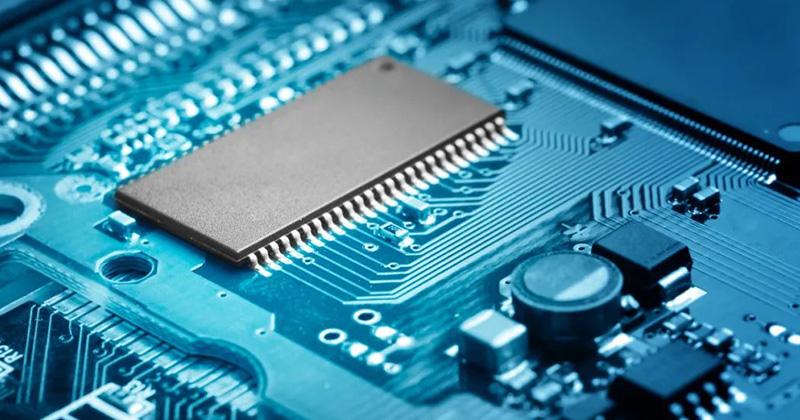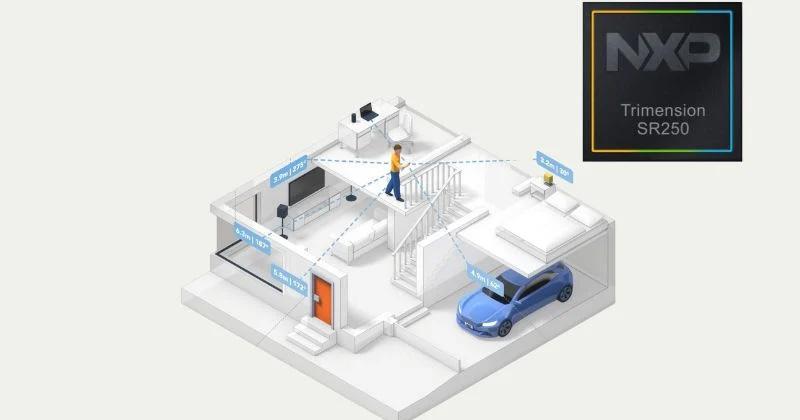
Global Efforts Heat Up to Boost Semiconductor Production
The past decades have seen the semiconductor industry become a focal point of global economic strategies. However, in the wake of the COVID-19 pandemic, the fragility of the global semiconductor supply chain was put on full display, awakening governments across the globe to the geopolitical importance of domestic semiconductor manufacturing.
As a response, governments worldwide have introduced substantial incentives to attract semiconductor investments. Meanwhile, as competition heats up, leading semiconductor companies are expanding their production capacities, investing in state-of-the-art facilities, and forging strategic partnerships to stay ahead. Recently, several noteworthy announcements were made regarding developments in the semiconductor manufacturing industry. Let’s take a look at some of the most noteworthy.
SK Hynix’s Deal with the US DOC
SK Hynix recently signed a non-binding preliminary memorandum of terms with the U.S. Department of Commerce (DoC) to secure up to $450 million in direct funding and $500 million in proposed loans under the CHIPS and Science Act.

SK Hynix intends to use the future Indiana-based facility to build advanced memory products for AI. Shown here, the company’s HBM3 devices are suited for AI training. Image used courtesy of SK Hynix.
This funding will support the development of an advanced semiconductor packaging facility in Indiana, a project announced in April 2024, with a total investment of $3.87 billion. Specifically, the facility will specialize in producing AI-facing memory products with a focus on advanced packaging technologies.
According to the groups, the Indiana site is expected to generate approximately 1,000 jobs and will include collaborations with local institutions such as Purdue University for semiconductor R&D. The company also plans to utilize the U.S. Treasury's Investment Tax Credit program, seeking tax benefits equivalent to 25% of the qualified capital expenditures.
Texas Instruments’ Manufacturing Funding
Meanwhile, Texas Instruments (TI) announced that it has recently entered into a preliminary agreement with the U.S. DoC to secure up to $1.6 billion in funding under the CHIPS and Science Act.
The funding will support the construction of three 300mm semiconductor wafer fabs in Texas and Utah. These fabs, located in Sherman, Texas (SM1 and SM2), and Lehi, Utah (LFAB2), are designed to produce semiconductors on 28 nm to 130 nm technology nodes. The funding will enable TI to complete the fundamental construction phases, including building cleanrooms and pilot lines for the SM1 and LFAB2 fabs and constructing the shell for the SM2 fab.

Texas Instruments’ LFAB2 in Lehi, Utah. Image used courtesy of Texas Instruments.
TI's expansion efforts are also bolstered by an estimated $6 billion to $8 billion in investment tax credits from the U.S. Department of Treasury. With these investments, TI aims to increase its internal manufacturing capacity to over 95% by 2030 to help the US guarantee a stable, geopolitically dependable supply of critical semiconductors.
Additionally, TI is committed to sustainability, with all new 300mm fabs powered entirely by renewable electricity and designed to meet LEED Gold standards, reducing waste and improving energy and water consumption per chip.
ESMC Breaks Ground
The European Semiconductor Manufacturing Company (ESMC), a joint venture between TSMC, Bosch, Infineon Technologies, and NXP Semiconductors, has recently commenced the groundwork for its semiconductor fabrication plant in Dresden, Germany.
This facility is set to be the first FinFET-capable pure-play foundry in Europe. Once operational, it will boast a monthly production capacity of 40,000 300 mm wafers, utilizing TSMC's advanced 28/22 nm planar CMOS and 16/12 nm FinFET process technologies.
The project, backed by a €5 billion investment approved by the European Commission under EU State aid rules, is considered a major step forward for Europe’s semiconductor manufacturing capabilities. The total investment, expected to exceed €10 billion, includes contributions from the EU, the German government, equity injections, and debt borrowing.

ESMC groundbreaking ceremony. Image used courtesy of NXP Semiconductor.
According to the groups involved, ESMC’s facility will create approximately 2,000 high-tech jobs directly and stimulate additional employment across the EU supply chain. Emphasizing sustainability, the fab will incorporate energy-efficient construction, water reclamation techniques, and aims for LEED certification. Construction is expected to begin later this year.
Driving the Future of Semiconductor Resilience
As geopolitical factors continue to influence supply chains, companies and governments are strategically investing in mitigating vulnerabilities and building out regional manufacturing ecosystems. These developments signal a shift toward a more distributed and sustainable semiconductor production landscape, where technological advancements are closely tied to regional stability and economic growth.
As these projects progress, their impact will likely resonate beyond the industry, influencing technological progress, economic policies, and the broader global economy for years to come.



